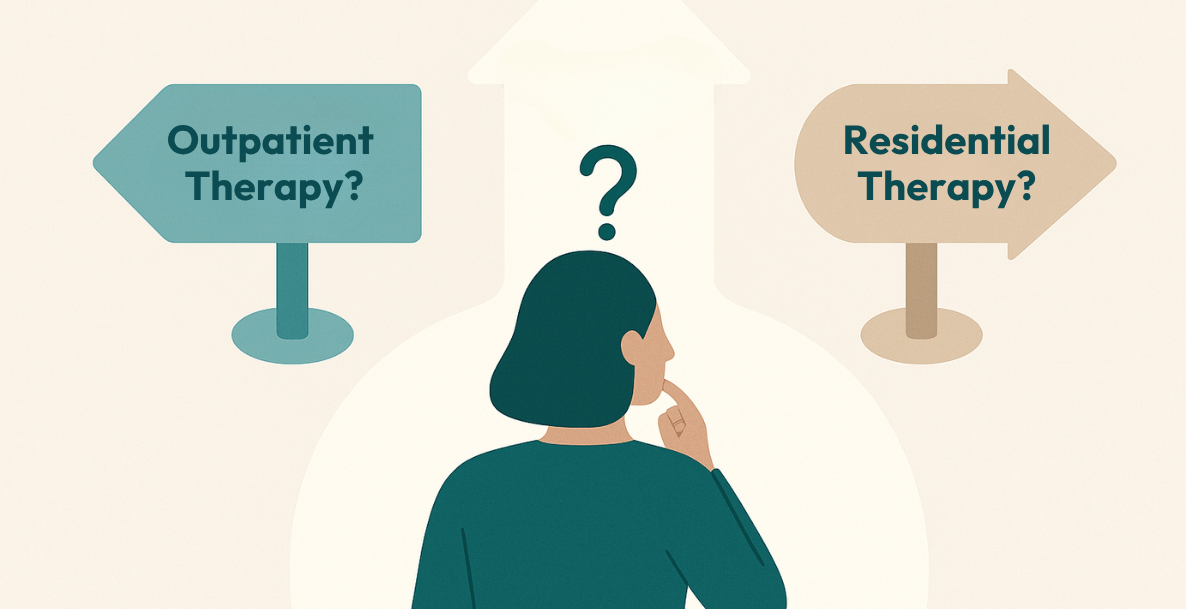Influenced primarily by parents or caregivers, attachment styles shape how people function as children and adults. Amongst the various attachment styles that can develop is anxious-insecure attachment.
Also known as ambivalent attachment, this attachment style can be incredibly unhealthy and affect all aspects of a person’s life.
Causes of Anxious Attachment
Research shows that early life experiences have significant control over the attachment style a child develops. For example, those with an anxious attachment style may have experienced inconsistent parenting during their younger years. This may have seen a parent or caregiver be attentive and nurturing at times and cold and emotionally unavailable at others.
An example of inconsistent parenting includes events in which parents may have attempted not to spoil a child by refusing to pick them up as and when they cried. If children do not know what to expect from their caregivers and cannot be certain that their needs and wants will be reacted to, they can become confused, insecure, and clingy.
In addition to inconsistent parenting, several childhood experiences may place children at an increased risk of developing an anxious attachment style, such as:
- Abuse or neglect
- Early separation from a parent or caregiver, such as divorce
- Having a parent or caregiver who appeared annoyed when the child was in distress
The Strange Situation
Many studies, such as ‘The Strange Situation’, a procedure developed by psychologist Mary Ainsworth in the 1970s,[1] have focused on attachment styles. This particular experiment examined how children between 9 and 18 months reacted when their mother left the room and a stranger entered.
During this study, Ainsworth reviewed the behaviours of the children at all stages, including if they explored or searched for their mother and how they maintained or avoided contact. In doing so, she identified three attachment styles: secure, resistant, and avoidant. Those with a resistant attachment style were intensely distressed when their mother left, but when reunited with her, they resisted contact.
Ainsworth, therefore, concluded that the parent or caregiver was responsible for a child’s attachment style. Mothers who responded incorrectly to their children’s needs were more likely to have children with an anxious-insecure attachment style.
In addition to offering insight into attachment styles, Ainsworth’s study provided empirical evidence for John Bowlby’s attachment theory, which was developed in the 1960s.[2]
Signs of Anxious Attachment
Those with an anxious attachment style display multiple signs as children and adults. As children, these can include:
- Not interacting with strangers
- Becoming incredibly upset when their caregiver leaves them
- Crying that cannot be easily consoled
- Being generally anxious
- Exploring less than other children
As an adult, signs of an anxious attachment style include:
- Inability to trust others
- Low self-esteem
- Being scared of abandonment
- Being overly sensitive to a partner’s actions and moods
- Requiring constant reassurance that people care about them
Adults with an anxious attachment style can find romantic and platonic relationships challenging to maintain. They may often feel that their relationships are unstable and have a negative view of themselves. One study found that women with an anxious attachment style find relationships especially difficult as adults.[3]
People with anxious attachment styles may also be self-sacrificing in relationships out of fear that their partner will leave if their needs are not met. However, this behaviour can lead to resentment and unmet needs from the anxious party, which can severely damage the relationship.
How To Change Attachment Styles
It is possible to change unhealthy attachment styles to healthier ones through treatment. For example, those with an anxious-insecure attachment style may benefit from cognitive-behavioural therapy (CBT) to help regulate their emotional reactions and change their negative thought patterns.
It is also essential to keep in touch with the emotions and feelings that arise when anxiously attached people feel insecure in their relationships. By understanding their triggers and reactions, they can explore the reasons behind their responses and review how to mitigate them.
Communication is critical for adults with an anxious attachment style. As they may require more reassurance, they may benefit from discussing this with their partner to clarify what they need to feel more secure in their relationship. Firm, clear boundaries can also help those with anxious attachment styles, as it can remove some anxiety from scenarios such as spending time apart or having different hobbies. Boundaries can also help the partners of anxiously attached people, offering them space from consistently reassuring their partner.
Conclusion
An anxious-insecure attachment style develops in childhood, usually stemming from inconsistent parenting. This can cause problems later in life as anxiously attached adults can struggle in their relationships due to low self-esteem. Their romantic relationships can additionally consume their lives as they are desperate to gain a sense of closeness and intimacy.
However, unhealthy attachment styles can be changed. Therapy and self-reflection can give those with an anxious-insecure attachment style the tools to combat negative thoughts and unhealthy behaviours, allowing them to work towards a more secure attachment style.
If you have a client or know of someone struggling with anything you have read in this blog, reach out to us at Khiron Clinics. We believe that we can improve therapeutic outcomes and avoid misdiagnosis by providing an effective residential program and outpatient therapies addressing underlying psychological trauma. Allow us to help you find the path to realistic, long-lasting recovery. For more information, call us today. UK: 020 3811 2575 (24 hours). USA: (866) 801 6184 (24 hours).
Sources:
[1] Cassidy J, Jones JD, Shaver PR. Contributions of attachment theory and research: a framework for future research, translation, and policy. Dev Psychopathol. 2013;25(4 Pt 2):1415-34. doi: 10.1017/S0954579413000692
[2] Fuertes J N, R. Grindell S, Kestenbaum M, Gorman B. Sex, Parent Attachment, Emotional Adjustment, and Risk-Taking Behaviors, Int J High Risk Behav Addict. 2017 ; 6(2):e36301. doi: 10.5812/ijhrba.36301.
[3] McCarthy, Gerard, and Alan Taylor. “Avoidant/Ambivalent Attachment Style As A Mediator Between Abusive Childhood Experiences And Adult Relationship Difficulties”. Journal Of Child Psychology And Psychiatry, vol 40, no. 3, 1999, pp. 465-477. Wiley, https://doi.org/10.1111/1469-7610.00463. Accessed 31 Dec 2021.







